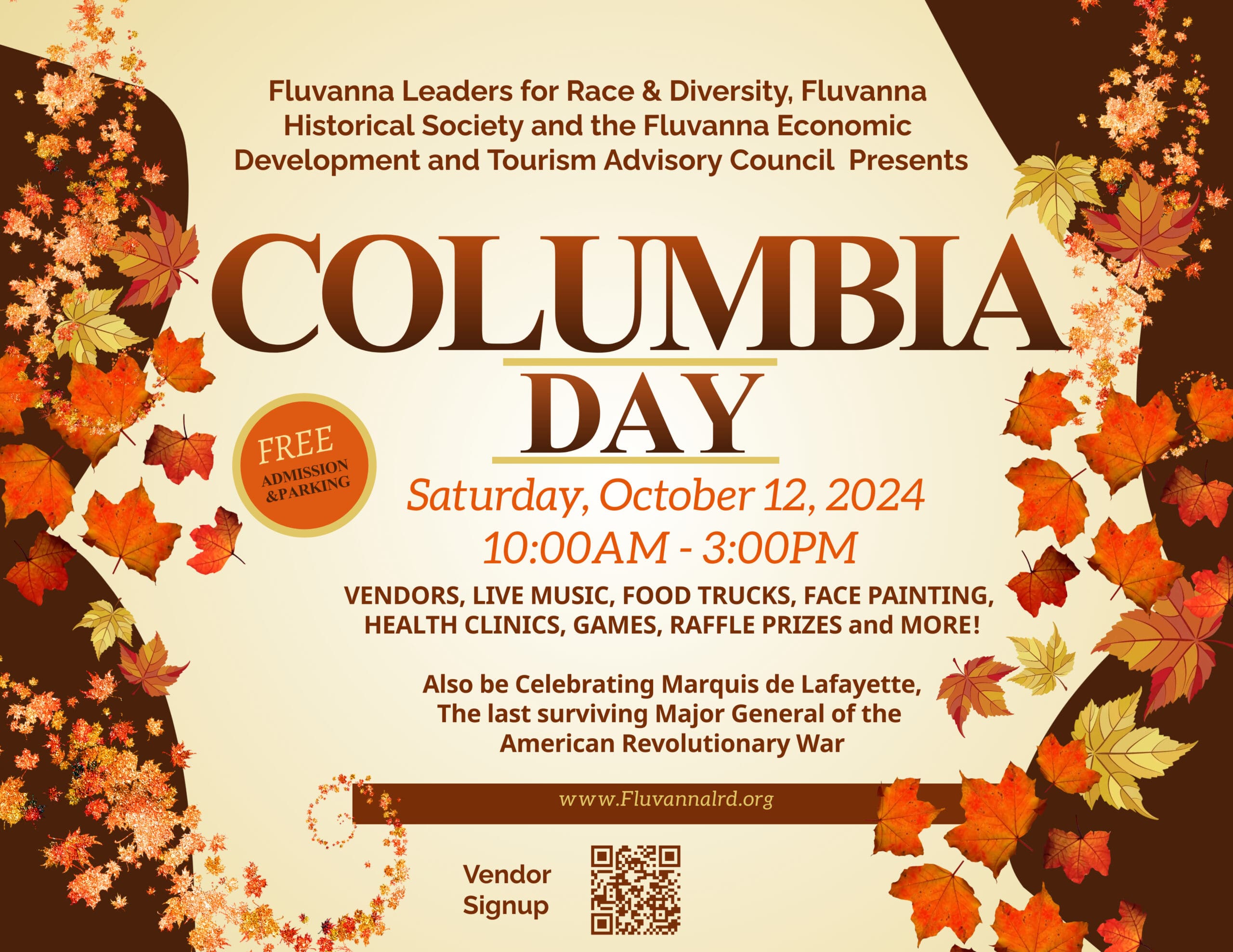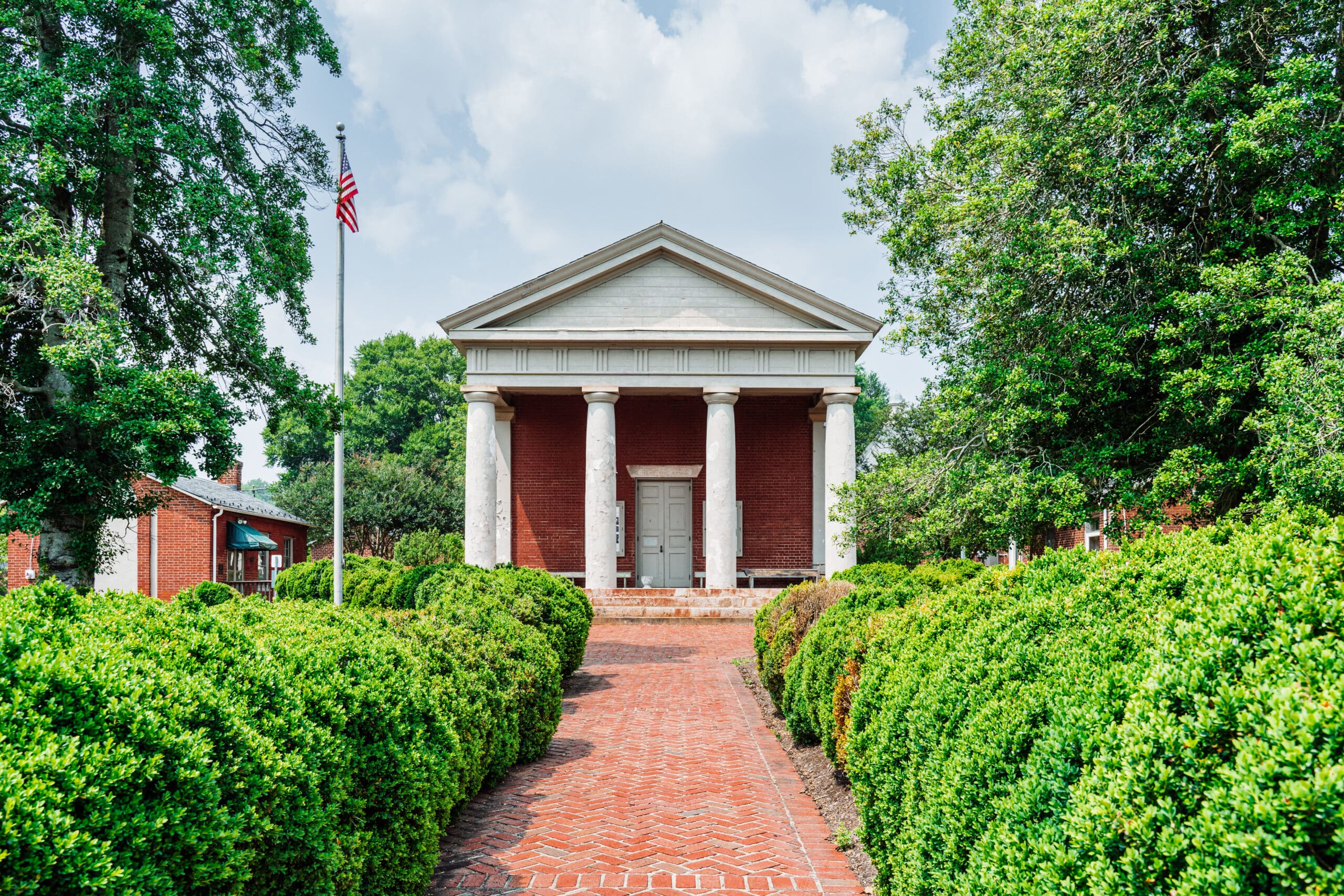
October 12 Columbia Day event will celebrate the past and spur hope for the future of community consumed by regular flooding
The story of pastoral, bucolic, colonial Virginia rolls peacefully eastward along the Rivanna River– until it is swallowed by the engine of post-Revolutionary economic power, succumbing to the undeniable roar of the mighty James River.
Columbia– located at the confluence of the two rivers – has likewise been enveloped by the waters of the James. Lack of flood protections, coupled with the ferocity of the James River, has flooded Columbia time and again, eventually eroding the stability of the community located on the southern border of Fluvanna County.
“As kids we used to get excited to see the water, and how high up it would come,” remembered Lorretta Johnson-Morgan, who grew up in Columbia and nearby Fork Union.
In recent decades, those rising waters simply became too much, and sank the prospects of the town, leading to depopulation and unincorporation.
“I think it kept flooding and people didn’t want to continue to put work and money into what was there,” she said. “All the stores have closed. Columbia is now run-down, and it needs attention.”
But she remembers an earlier time, when Columbia meant community.
“Mr. Walton’s store had the penny candy,” she recalled. “A woman had a restaurant and she had the best cheeseburgers. We called them dressed cheeseburgers, which just meant that they had lettuce, tomato, mayonnaise and all, but they were the best.”
Now, as part of the Fluvanna Leaders for Race and Diversity, Lorretta is trying to bring attention to underserved and challenged communities in her native Fluvanna. The group recently held its second successful Fork Union Day, in hopes of spurring revitalization in the economically depressed community that was once home to a thriving business sector, known around the region for its drive-in theater. Now, few businesses remain, despite the presence of the renowned Fork Union Military Academy.
 On October 12, the Fluvanna Leaders for Race and Diversity will turn their attention downriver and host the first Columbia Day. The event will begin with a remembrance of the Marquis de Lafayette’s visit in 1824, and continue with vendors, tours of the town’s historic churches, and more.
On October 12, the Fluvanna Leaders for Race and Diversity will turn their attention downriver and host the first Columbia Day. The event will begin with a remembrance of the Marquis de Lafayette’s visit in 1824, and continue with vendors, tours of the town’s historic churches, and more.
With Columbia’s situation more dire than that of Fork Union, expectations are managed.
“We just want to start conversations and try to put some life back into the area,” she said.
Looking to future possibilities, she noted that Columbia may be a good location for a river adventure business or more development of the area’s historical assets. Those include historic churches and their cemeteries, which have been painstakingly researched and cleaned up.
“Columbia has a strong tradition of entrepreneurship, and was once being considered to become the capital of Virginia because of its key role in transportation,” said Kathleen Kilpatrick, a Fluvanna County resident who sees that Columbia and its history mirror the deeper historical connections to Fluvanna County as a whole.
She would know. As the former Director of the Virginia Department of Historic Resources, and Curator at the Virginia State Capital, she dedicated her career to Virginia history. She chose to settle in Fluvanna County in part because of its history.
 “We have everything here, including three beautiful rivers that have served as highways and recreational facilities over time and provided sustenance, stretching back to their use by the Monacans,” she said. “What you find in Fluvanna is lots of layers, from the Monacans, to the Revolutionary War, to the Civil War, to the Industrial Revolution, to the struggle for civil rights in education, and, of course, agriculture. All of these things are here, and it’s also a place of great beauty and friendly people.”
“We have everything here, including three beautiful rivers that have served as highways and recreational facilities over time and provided sustenance, stretching back to their use by the Monacans,” she said. “What you find in Fluvanna is lots of layers, from the Monacans, to the Revolutionary War, to the Civil War, to the Industrial Revolution, to the struggle for civil rights in education, and, of course, agriculture. All of these things are here, and it’s also a place of great beauty and friendly people.”
Fluvanna’s key historic sites include its 1830 Courthouse, designed by John Hartwell Cocke of Bremo Plantation, a highly influential early Virginian.
 “Significantly, we now know the names of skilled enslaved workers who helped build the courthouse making the site a source of pride for all citizens of Fluvanna,” she said.
“Significantly, we now know the names of skilled enslaved workers who helped build the courthouse making the site a source of pride for all citizens of Fluvanna,” she said.
“We have some enormously important historic sites, not the least of which is the courthouse that sits in the lovely intact Village of Palmyra, with the Old Stone Jail Museum, all of which is just across the Rivanna River from Pleasant Grove and its thousand acres of trails and activities, as well as the Farm Heritage Museum and the Pleasant Grove House Museum,” she noted.


